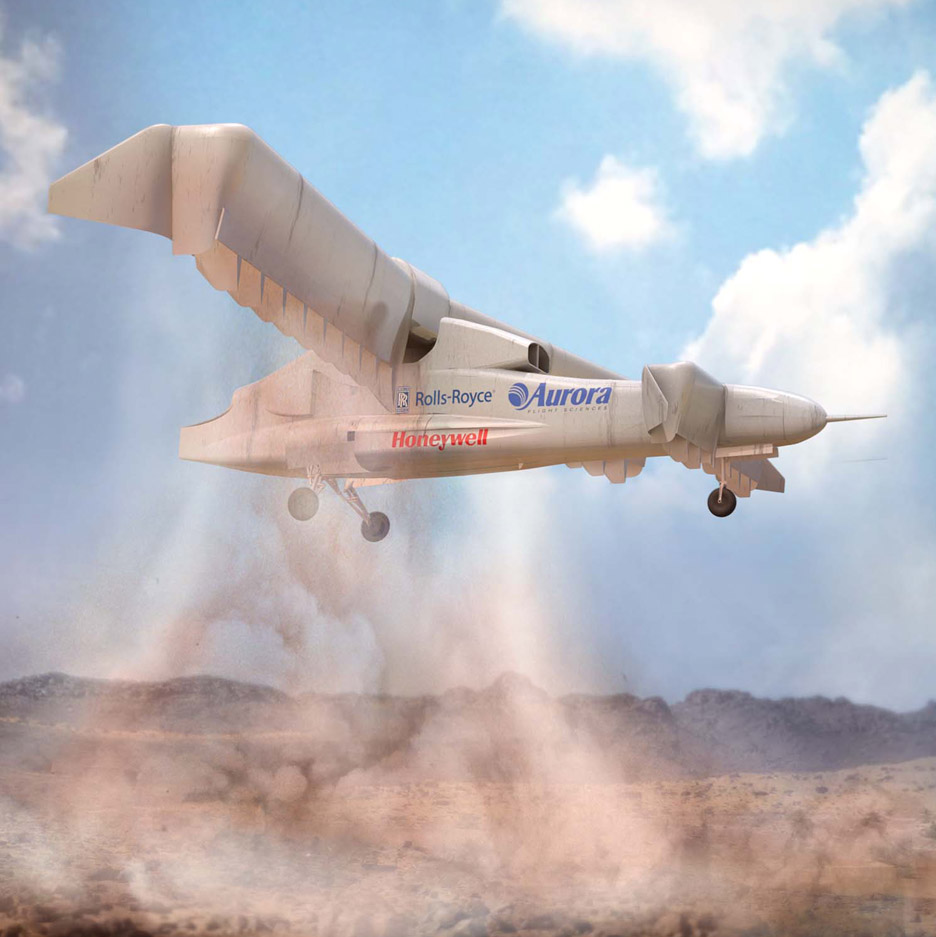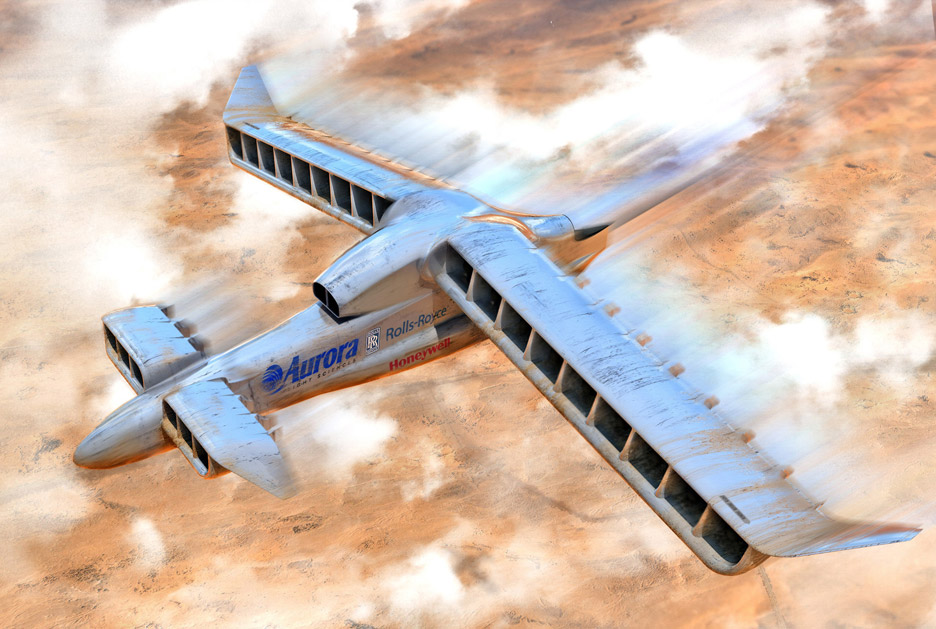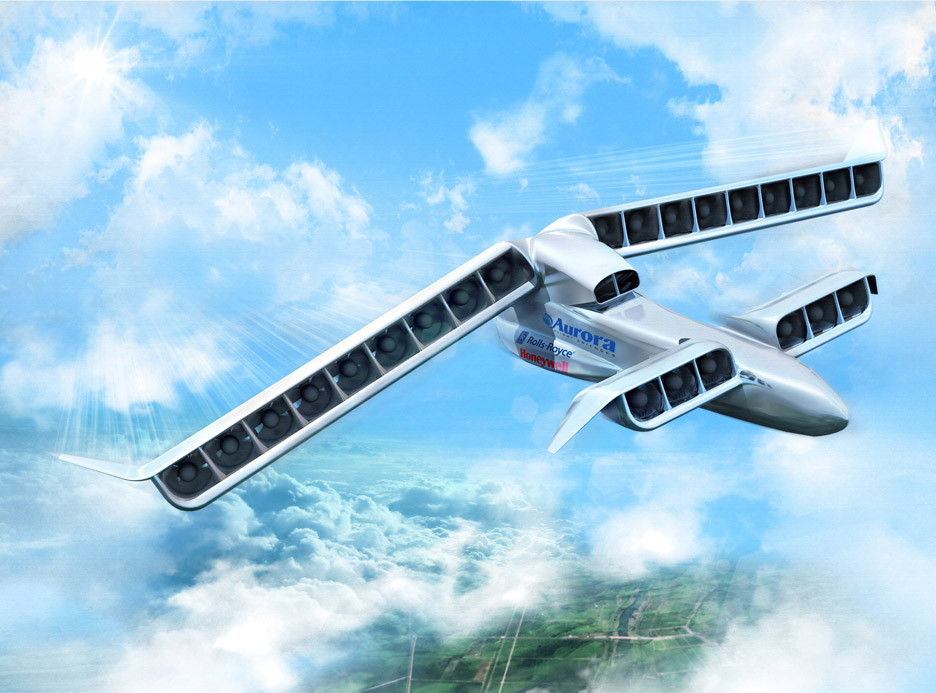US government gives go ahead to high-speed drone capable of vertical takeoff
A US government agency responsible for developing military technology has signed off on production of a prototype for an unmanned electric aeroplane that can take off and land without a runway (+ movie).
Advanced aircraft manufacturer Aurora was awarded a contract to build a demonstration model of its experimental LightningStrike aeroplane design by the Defense Advanced Research Projects Agency (DARPA).
The project is part of a wider programme to develop high-speed and efficient vehicles capable of vertical take off and landing.

"For the past 60 years, helicopters have provided essential vertical take off and landing (VTOL) capabilities for countless military operations," said DARPA's Ashish Bagai. "One key goal still remains elusive: improving top speed beyond 170 knots."
"Faster VTOL aircraft could shorten mission times and increase the potential for successful operations, while reducing vulnerability to enemy attack," he added.
"Unfortunately, new VTOL designs so far have been unable to increase top speed without unacceptable compromises in range, efficiency, useful payload or simplicity of design."
Aurora's design, called the VTOL X-Plane but nicknamed LightningStrike, was designed in response to these challenges. It will reportedly achieve a sustained flight speed of 300 to 400 knots, while also being capable of carrying heavier loads.

Ducted fans – a type of propeller mounted within a cylindrical shroud – on both of the wings will enable the vehicle to hover in the same way as helicopters do.
Both the wings and canard – a small forewing placed in front of the main wings, which is also equipped with fans – can be tilted, allowing for precise adjustments to be made during flight. This will make it easier for the unmanned aircraft to land in tight spaces.

"Aurora is proud to support DARPA on what we all hope to be a truly historic breakthrough in aviation technology," said Aurora CEO John Langford. "If successful, the plane's radically improved flight capabilities could lead to revolutionary advancement of the US military's future mission capabilities."
The aircraft's engine will power three generators, which will drive each of the 24 ducted fans. Test flights on the LightningStrike will commence in 2018.
American space agency NASA recently unveiled a conceptual design for a supersonic plane that would be much quieter than Concorde while Dutch airline KLM released concept designs for an aircraft that could transport passengers non stop from Europe to Australia.
Images are courtesy of Aurora Flight Sciences.